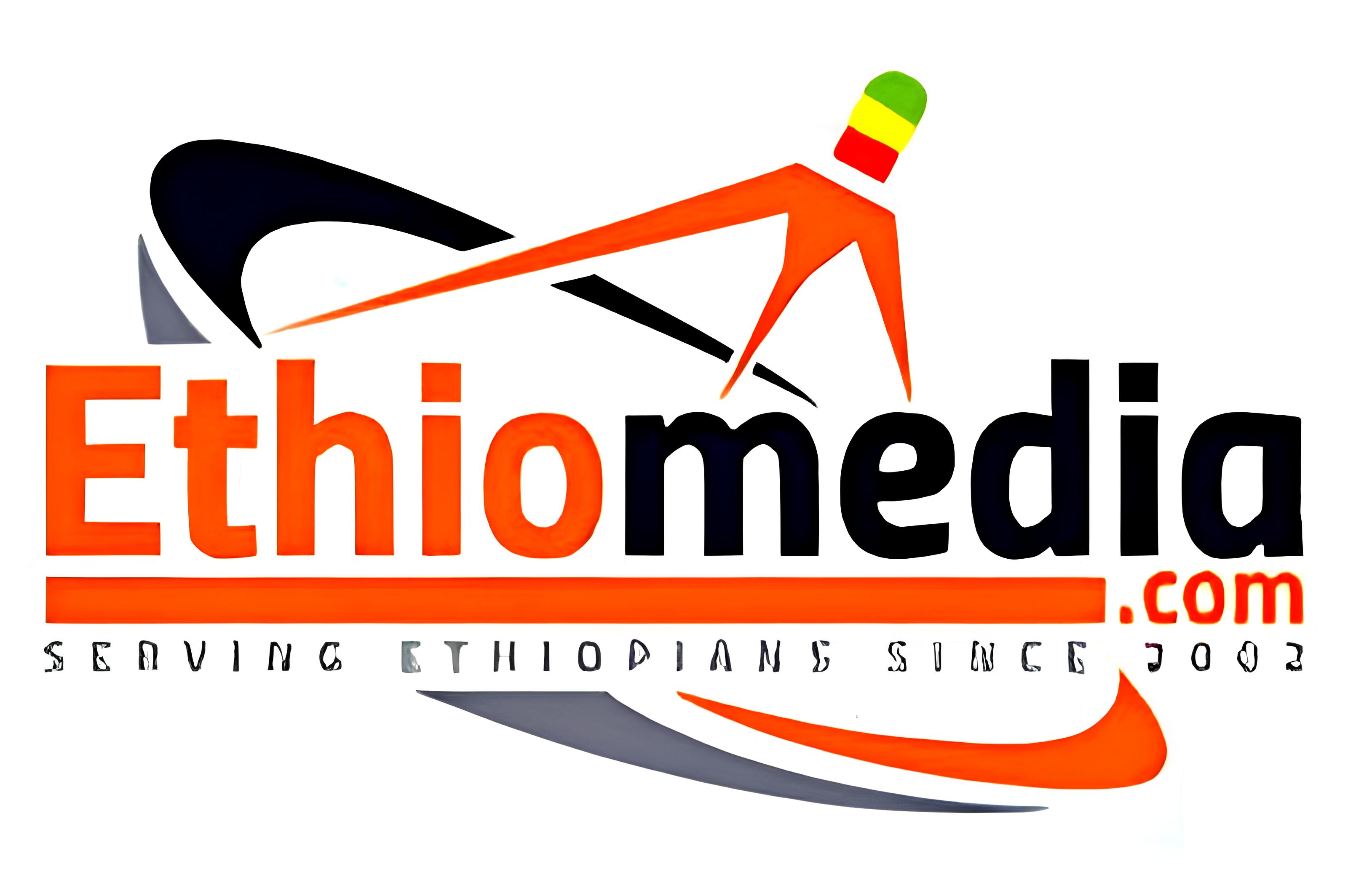|
Ancient Church Mosaic With Symbol of Jesus Uncovered in Israel
By by Megan Gannon, News Editor, LiveScience January 23, 2014 The excavators plan to keep working on the site for another week, but one of the most remarkable finds so far was a mosaic containing a Christogram, or a “type of monogram of the name of Jesus,” Degen said. At the time, Byzantine Christians wouldn’t have put crosses on their mosaic floors so as to not step on the symbol of Christ, Degen explained. The Christogram in the mosaic may look like a cross, but it’s actually more like a “chi rho” symbol, which puts together the first two captial letters in the Greek word for Christ, and often looks like an X superimposed on a P. There is an alpha and omega (the first and last letters of the Greek alphabet) on either side of the chi rho, which is another Christian symbol, as Christ was often described as the “”the beginning and the end.” Four birds also decorate the mosaic, and two of them are holding up a wreath to the top of the chi rho. Inside the 72-by-39-foot (22-by-12-meter) basilica, archaeologists also found marble pillars and an open courtyard paved with a white mosaic floor, said Daniel Varga, director of the IAA’s excavations. Just off the courtyard, in the church’s narthex, or lobby area, there is “a fine mosaic floor decorated with colored geometric designs” as well as a “twelve-row dedicatory inscription in Greek containing the names ‘Mary’ and ‘Jesus’, and the name of the person who funded the mosaic’s construction,” Varga said in a statement. The mosaics in the main hall, or nave, meanwhile, are decorated with vine tendrils in the shape of 40 medallions, one of which contains the Christogram. Many of the other medallions contain botanical designs and animals such as a zebras, peacocks, leopards and wild boars, the excavators said. Three contain inscriptions commemorating two heads of the local regional church named Demetrios and Herakles. Other discoveries The archaeologists found traces of later occupation on top of the church, including early Islamic walls and Ottoman garbage pits. (Aluma is located near the Ottoman and later Palestinian village of Hatta.) The excavations also revealed Byzantine glass vessels and a pottery workshop for making amphoras, cooking pots, kraters, bowls and oil lamps, IAA officials said. To avoid building over ancient sites, archaeologists are often brought in for salvage digs ahead of construction projects like this one, sometimes yielding stunning discoveries; for instance, a “cultic” temple and traces of a 10,000-year-old house were discovered at Eshtaol west of Jerusalem in preparation for the widening of a road. And during recent expansions of the main road connecting Jerusalem to Tel Aviv, called Highway 1, excavators found a carving of a phallus from the Stone Age, a ritual building from the First Temple era and animal figurines dating back 9,500 years. Regarding the new discoveries, the IAA plans to remove the mosaic for display at a regional museum or visitors’ center, and the rest of the site will be covered back up.
Ethiomedia.com – An African-American news and views website. Copyright 2013 Ethiomedia.com. Email: [email protected] |
